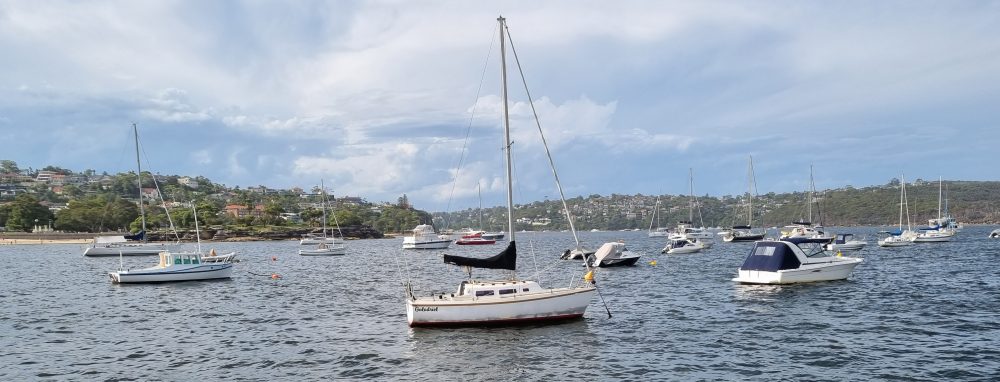M, I and a friend who also goes by the name of M had an early pub dinner last night before a Sydney Writers’ Festival event. While the boys were upstairs ordering food and drinks, my phone rang. It was not a number I recognised but I picked up anyway.
A heavily accented female voice addressed me by name and asked how my day was going. Ah, foreplay…one of my pet peeves.
‘Can you tell me what this call is about?’ I asked, kicking myself for not having swiped the red phone icon when I had the chance.
‘It’s about your electricity bill,’ she said.
I’ve dealt with these callers before and know that their prime purpose is to persuade consumers to switch energy providers to save a few cents. In the past, I’ve thanked them, terminated the call and blocked the number. But this time was different.
‘We don’t pay for electricity,’ I said, imagining the fish mouthing at the other end of the line. Then the boys arrived with drinks, and I hung up.
This week, almost 12 months after we installed an eight-kilowatt solar system on our roof, we’re sitting with credit against our electricity bill. It’s a great place to be, but with winter approaching, that could soon evaporate. Energy providers that purchase surplus rooftop solar power charge three or more times that rate to supply energy during peak times when people run heaters, aircon and cooktops. And, as more households install solar, feed-in-tariffs for people like us are likely to only get smaller.
What is one to do?
Twelve months ago, we chose not to get a battery. The numbers didn’t stack up then and with no subsidies in either the 2024 federal budget or from the New South Wales state government, they don’t stack up now. That’s if one applies the yardstick of payback periods. Recent research shows that there is a green premium of 14.5% on houses and 11.7% on units (apartments) across Australia. It puts into perspective the capital cost outlay of energy- saving devices.
Installing a battery is the next step in energy proofing our home.


